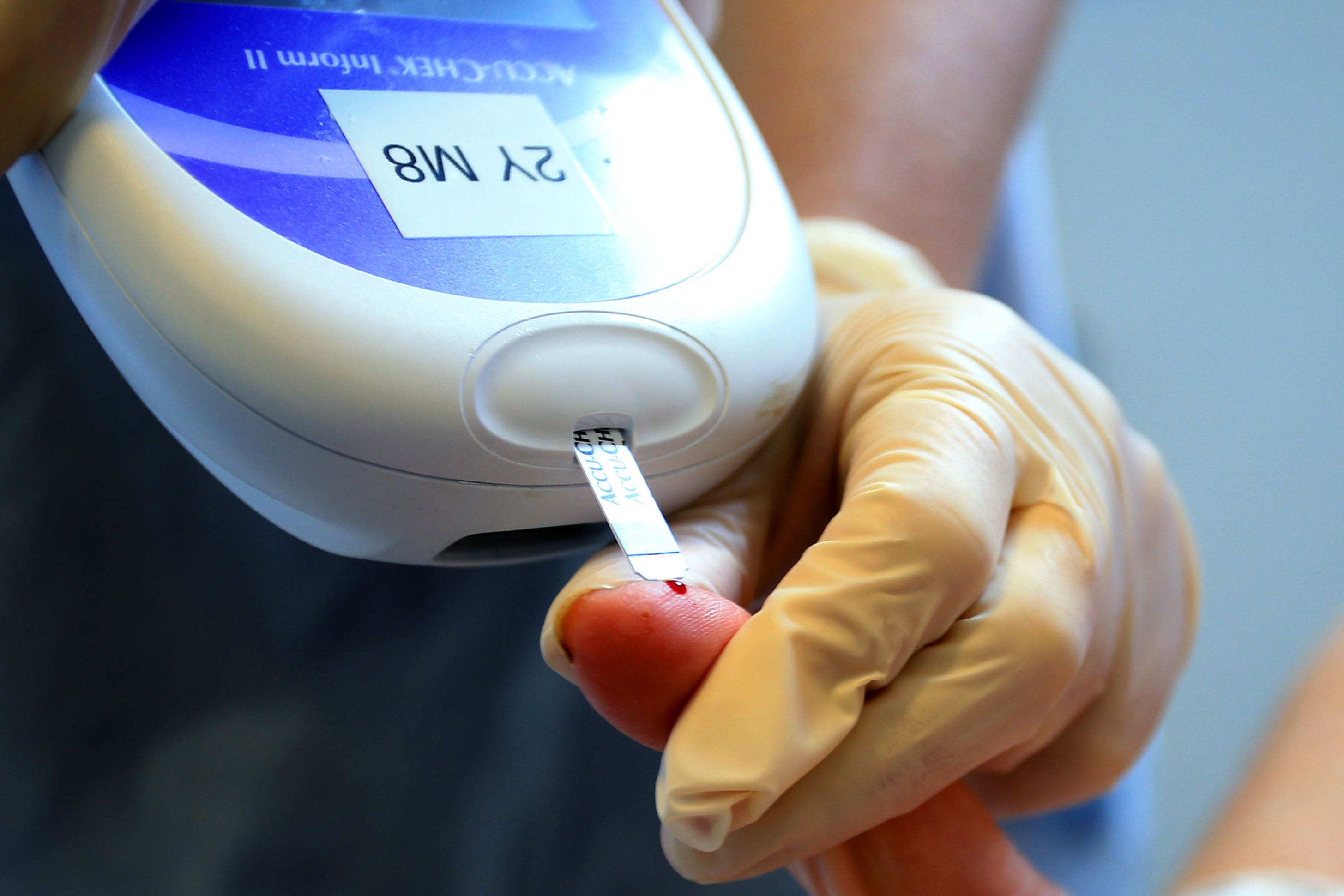The new diabetes revolution is here – but is it all good news?
Adults and children with type 1 diabetes will be eligible to access ‘life-changing’ technology on the NHS. But, warns James Moore, it won’t benefit everyone


A bona fide technological and medical revolution has been announced that will “transform the lives” of some 150,000 people with type 1 autoimmune diabetes in England and Wales, with the other home nations (hopefully) to follow.
The National Institute for Health and Care Excellence (NICE) has approved the rollout of what is known as the “hybrid closed loop (HCL)”. It’s not exactly an artificial pancreas, and it’s not a cure –but it is an important development for those whose immune systems have contrived to blow their pancreas up. Mine did that when I was just two years old.
How does it work? The tech takes the readings from a continuous glucose monitor (CGM) – most people with T1 wear a sensor on their arm that does the job – and then uses an advanced algorithm to automate the delivery of insulin via a pump.
It is designed to become more effective over time, delivering increasingly personalised medicine and thus transforming the lives of those who use it. Score one for AI!
Why is it important? Well, those of us with the condition currently have to make hundreds of small, manual decisions every single day about what we eat, what we drink – and the delivery of artificial insulin to our bodies. Spontaneity goes out the window. We must plan in advance, every mealtime, every time we want to exercise, before bed. Sleep is frequently disrupted. I am often forced to get by on three hours, sometimes less.
The majority of T1s will have this burden lifted over the next couple of years. As the JDRF, a type 1 diabetes charity, puts it: “By automating what is currently a manual process, HCL can lift the relentless burden and risk of burnout.”
The new tech will be transformative for young people, women who want to have children, people who lack the ability to recognise a dangerously low blood sugar level (hypoglycaemia) and those who struggle with control and are thus at risk from a long list of nasty complications: amputations, blindness, kidney disease. It brings back echoes of childhood: “Don’t touch that chocolate bar or the T1 goblin will get you.”
So yes, this is great news... for most T1s (but we’re getting to that).
It is a particular triumph for Partha Kar, the NHS lead for diabetes. In an age when there are few real heroes, Kar is one. During the rollout of CGM, some clinical commissioning boards said no. Kar publicly called them out. Breaking the NHS omerta like that is very rare. There was quite a bit of huffing and puffing when he did it, from those arguing that he should have worked “behind the scenes”. But as we can now see, it worked. Would we have this tech now – so quickly – without his intervention?
Yet there are some of us who won’t be able to get in on the groundbreaking treatment – and that’s a sad shame.
There are 50-60,000 of us (per Kar’s figures) outside the current criteria. We are the great unwashed of the diabetes world, dismissed by NICE as “not cost-effective” for the new treatment to be made available to. The cast-offs, in other words.
The problem with being left out in the cold (through no fault of our own) is that there’s a little-known side effect: poor mental health. Those of us with T1 diabetes are at risk of complications connected to our mental health, even if our blood glucose control is as good as mine is.
Despite being able to regulate my blood sugars, T1 has still been a contributing factor in leaving me feeling as if I’m at the bottom of a deep, dark well, struggling for breath, even drowning. Diabetic “burnout”, as the JDRF noted, is a recognised clinical phenomenon. The stress of living with this condition, the constant monitoring, life as a human pin cushion, the loss of sleep, the shameful lack of support from the NHS, and sometimes bullying from healthcare professionals? It breaks people. Some drop the health regime. Eat badly. Cease with the monitoring. Put the complications to the back of their minds.
So while I’ll be celebrating this medical treatment breakthrough for those who are able to use it, I’m still mourning that there isn’t the same “life-changing” technology in “one size fits all”.
But maybe we’ll all reap the same benefits, one day. The doughty Mr Kar, and the JDRF, have promised to fight for us. Kar said to me, via Twitter, that we will be eligible in “short future”. He added: “Have we got there with CGM for all?”
The answer to his question is, of course, yes. We have. And as a result, I now achieve blood sugars close to that of a normal person. That’s my achievement – but it is also Kar’s.
There is still hope. I believe that Kar, and the JDRF, and other advocates with the power to change things will keep up the fight. I have to.






Join our commenting forum
Join thought-provoking conversations, follow other Independent readers and see their replies
Comments